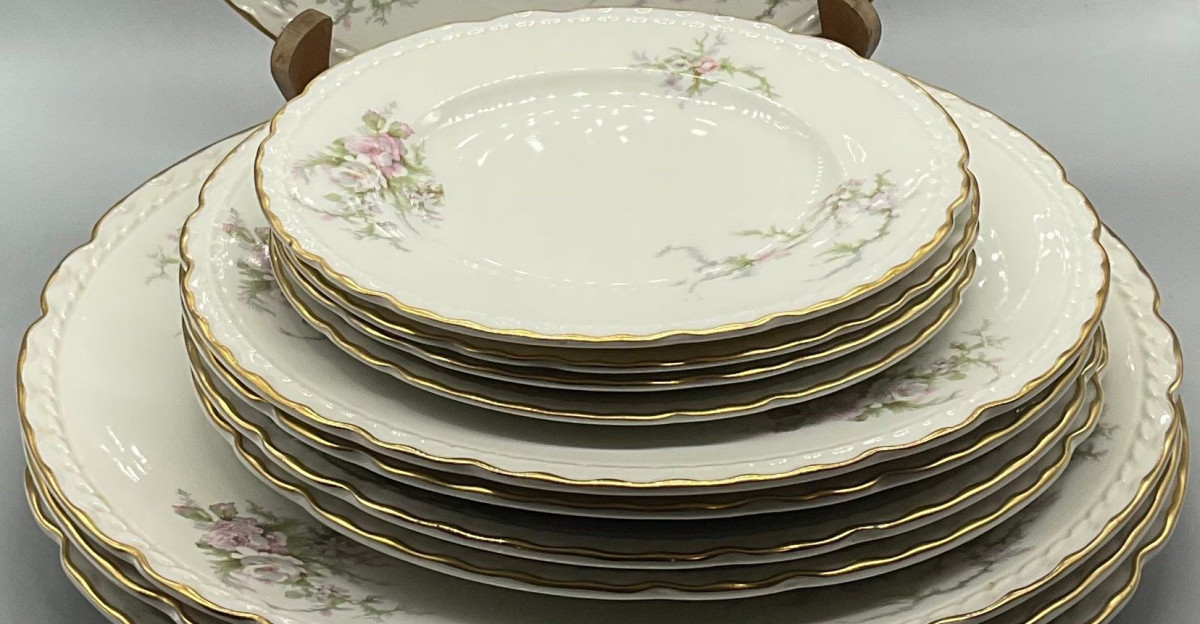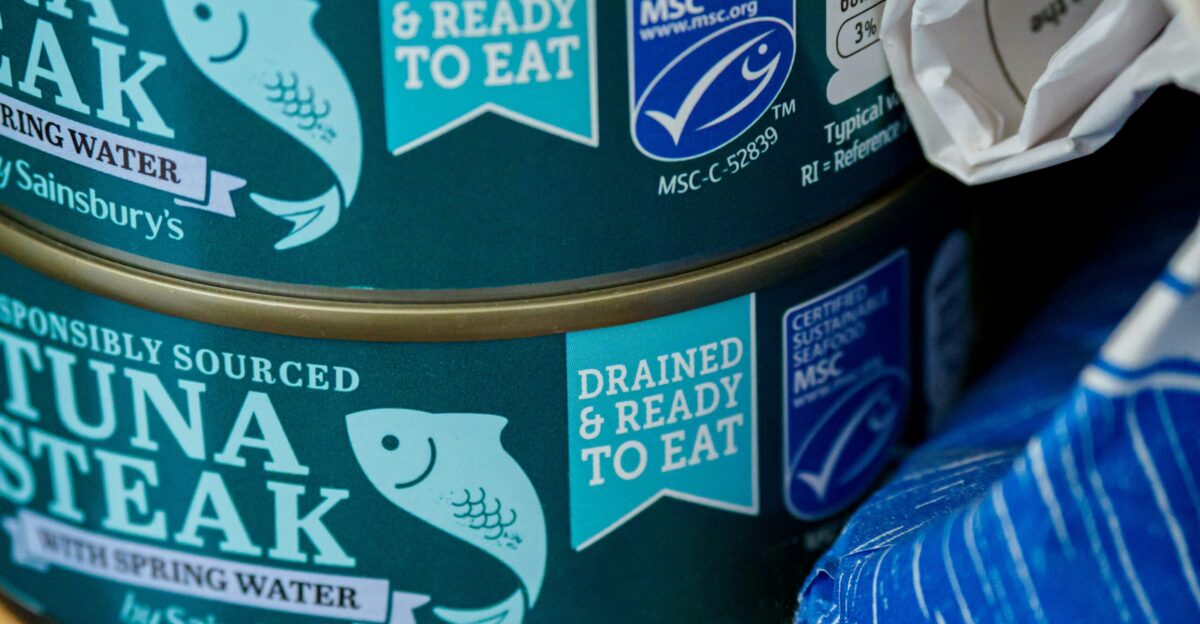
Look around your home. You may realize some once-familiar objects have quietly disappeared. Younger generations are buying differently, changing the market for many products and shifting consumption patterns.
But what products are they buying less of exactly, and why? Let’s examine the products experiencing falling demand among younger consumers.
A Shift in Shopping Habits

Young shoppers aren’t only buying less in general, they’re buying differently. Convenience, price, ethics, and values all play a role.
Unlike past generations who frequently valued material status, many Gen Z and Millennials prefer flexibility, practicality and sustainability.
That means if a product doesn’t fit the mold of a more conscious or minimalistic lifestyle, it confronts decreasing demand among a younger demographic.
Generational Preferences Matter

Today, a product’s success on the market often depends on younger buying behavior. From tech gadgets to home staples, tastes have changed.
Products once seen as musts may now seem redundant or wasteful to many younger buyers. Understanding these shifting priorities helps explain changing market trends.
1. Landline Phones: A Clear Decline

Landline use has declined considerably over the years, with more than 70% of American adults residing in homes without landlines.
Around 27% of houses still have landlines, and the trend can be seen among younger generations. Gen Zers are exposed to home phones far less, considering mobile phones sufficient for all forms of communication.
Telecommunications companies continue to reduce the production of landline devices and advertisements.
2. Traditional Wedding Rings: Changing Priorities

Large diamond engagement rings are becoming more obsolete for many young couples, though there isn’t enough data to be certain.
Anecdotal trends indicate rising interest in alternative stones, lab-grown gems, or more modest rings. With financial pressures including student debt, housing costs, and evolving views on marriage traditions, some couples spend instead on experiences, savings, or other priorities.
3. Cable TV: Cord-Cutting Confirmed

Cable subscriptions are experiencing a substantial decline. By 2024, 61% of Americans had switched to streaming-only, up 10 percentage points from 2022.
Streaming now accounts for 37.5% of TV consumption, while classic cable represents 29.8%. Young viewers favor on-demand content over scheduled programs, driving the shift toward outlets like Netflix, YouTube, and TikTok.
4. Department Store Shopping: Shifting Preferences

Standard department stores struggle to attract younger shoppers, although recent data varies by retailer.
For their apparent trendiness and convenience, young consumers prefer online fashion brands, resale apps, and social media storefronts.
The rise of digital-first brands and secondhand shopping platforms topoints to changing retail preferences among younger demographics.
5. Fabric Softener: Questioned Necessity

Although comprehensive data is limited, fabric softener usage is declining among some younger consumers.
Factors may include modern detergents with blended-in softening agents, concerns about chemicals and their environmental impact, and a preference for easier laundry routines. High-efficiency washers have also reduced the need for additional softening products.
6. Print Media: Digital Transition Continues

The transition from print to digital news is ongoing. Younger generations predominantly consume news via digital outlets, social media and apps.
Print circulation continues declining across most publications, with many transitioning to digital-first or digital-only models to adapt to changing reader preferences.
7. Single-Use Water Bottles: Environmental Concerns

Growing environmental awareness has increased interest in reusable water bottles among younger consumers. Brands like Hydro Flask and Stanley have gained popularity, though single-use bottles stay widely purchased.
The trend toward reusable options reflects broader sustainability concerns and social media influence around eco-conscious choices.
8. Fine China: Practicality Over Formality

Formal dinnerware sets are less attractive to many young adults, who often prefer sensible, everyday dishes over special occasions.
This trend toward simple dining and minimalism suggests reduced demand for classic china sets, though specific market data varies by price point and brand.
9. Bar Soap: Convenience Factor

Body wash has been overtaking bar soap, especially among younger consumers who consider liquid soaps as more convenient and hygienic.
Factors include easier dispensing, variety, and packaging selections. However, bar soap stays widely used and has seen some revival with artisanal and eco-friendly labels.
10. Lottery Tickets: Different Risk Preferences

Lottery participation habits differ by generation, with data suggesting younger adults are less likely to purchase tickets regularly.
Reasons may include suspicion about odds, preference for other types of investments, and different standpoints on gambling. But lottery games continue to attract players across age classes.
11. Paper Checks: Digital Payment Dominance

Paper check usage has dropped significantly with the rise of online payment platforms like Venmo, Zelle, and PayPal.
Many young adults seldom write checks, favoring instant digital transfers. While not completely outdated yet, check usage continues to decrease as more individuals and businesses adopt digital payment methods.
12. Canned Tuna

For food items like canned tuna, preferences may shift toward fresher alternatives, though consumption patterns vary by area and demographic. These changes reflect more general trends toward multifunctional devices and evolving dietary choices.